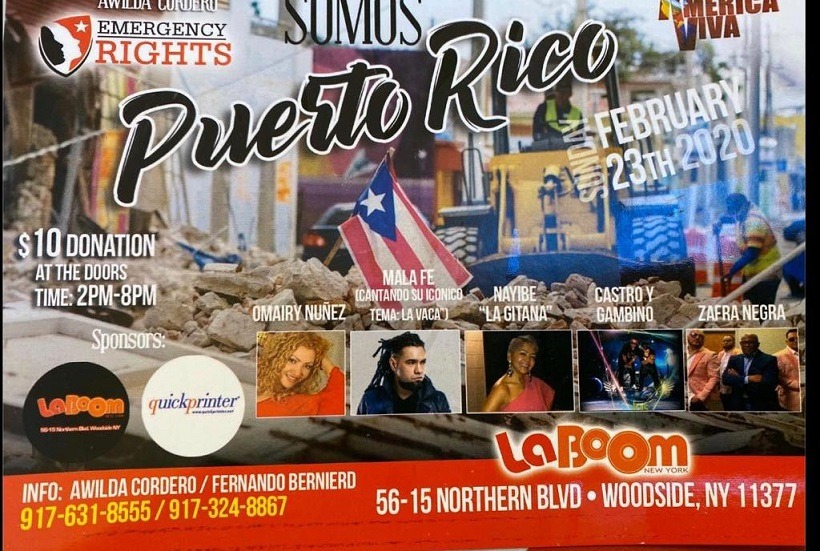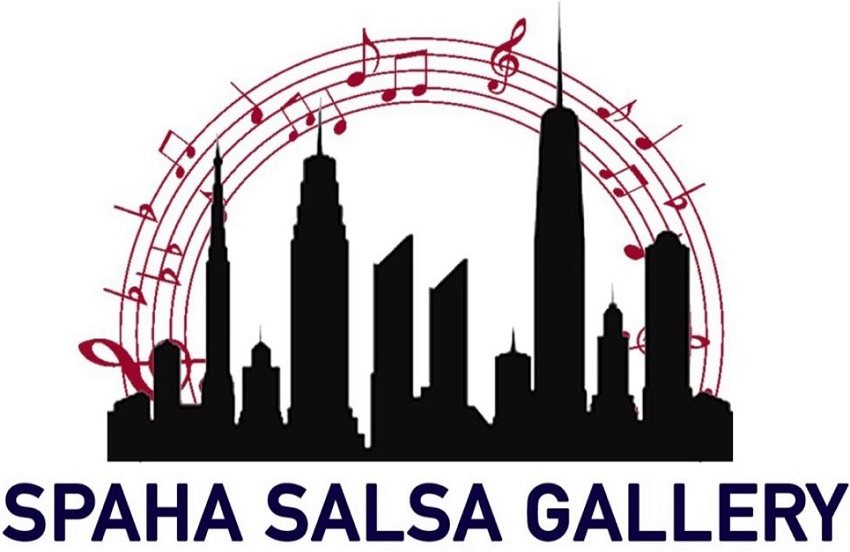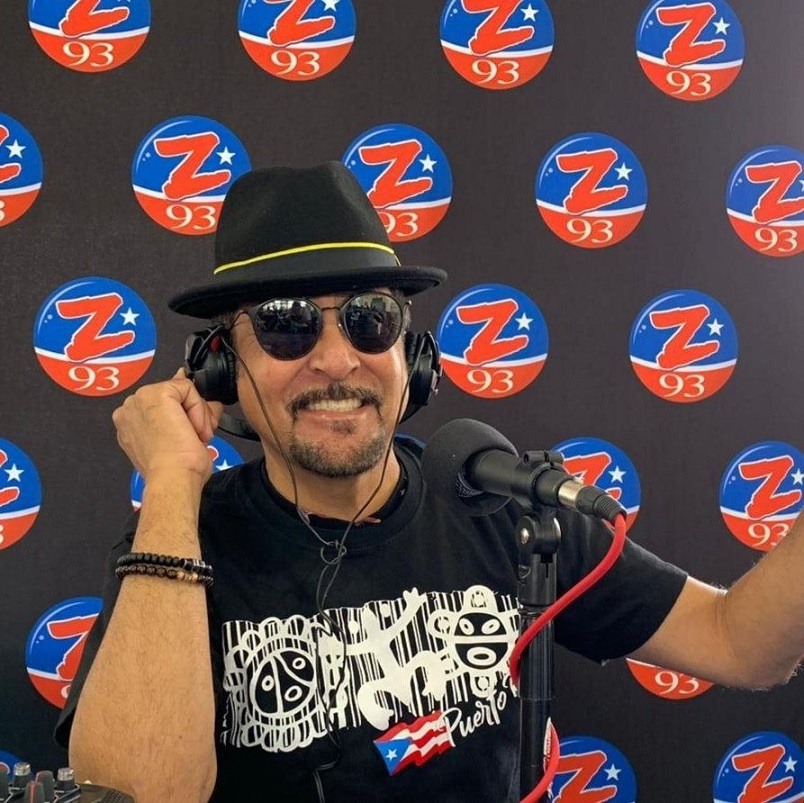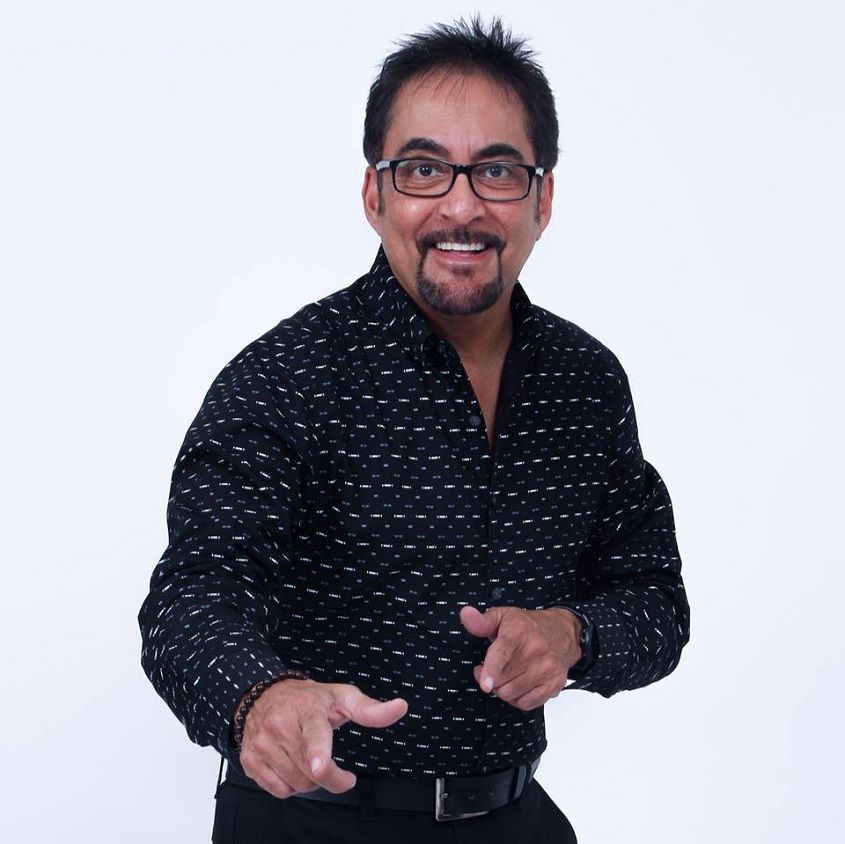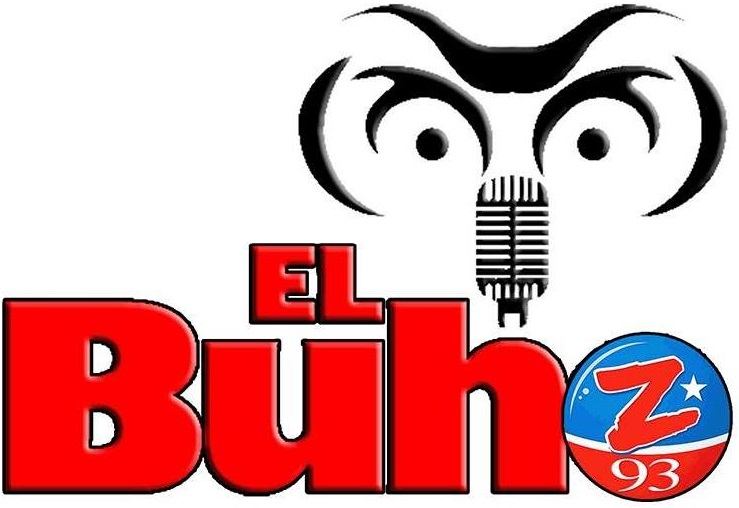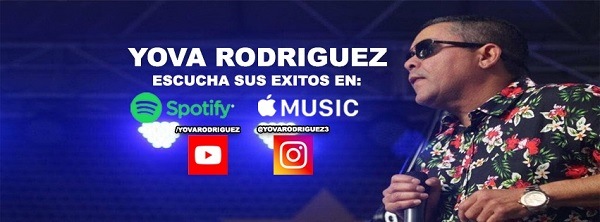North America / Puerto Rico / San Juan
Omar Lugo “Young Promise of the Juvenile and Romantic Salsa of Puerto Rico”
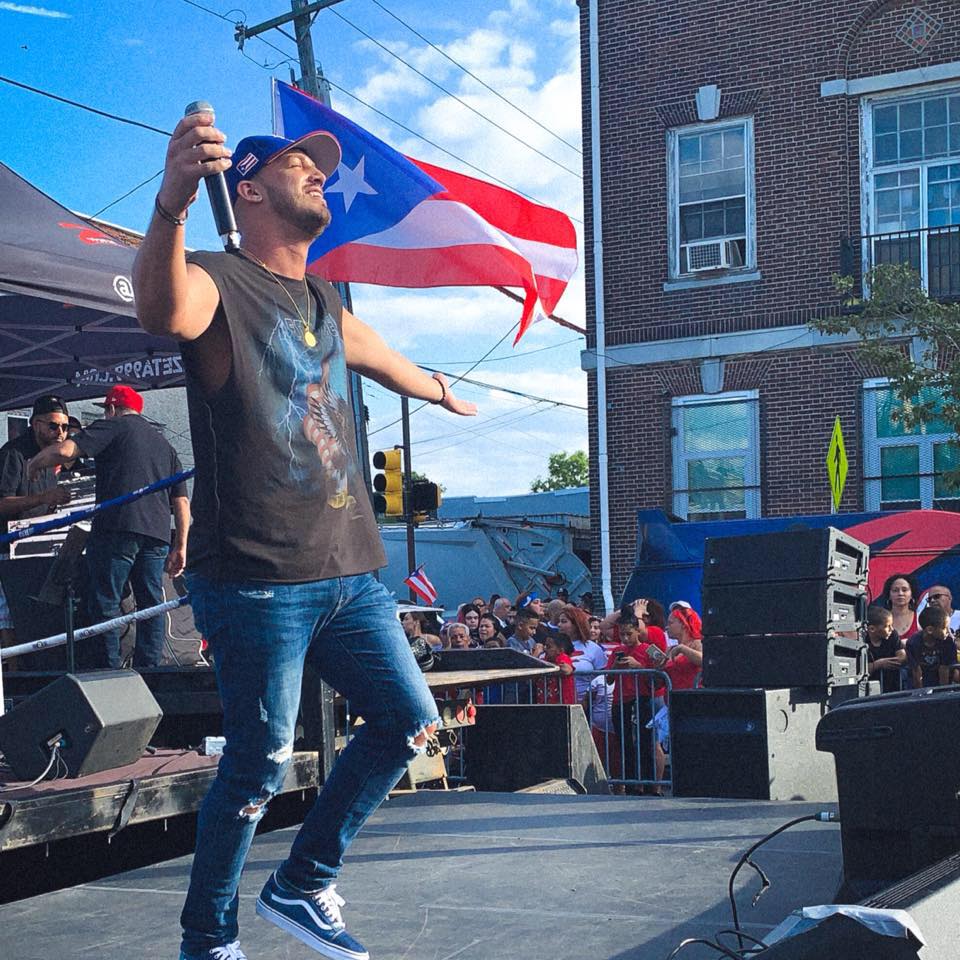
With a modern, restorative and very representative style, the talented Puerto Rican Omar Lugo arrived to reinforce Latin music, offering a trend with a youthful and urban touch; who in addition to being a singer and performer of various musical instruments, is a composer.
Lugo, is a native of the beautiful Caribbean municipality of Arroyo, belonging to the free state of Isla del Encanto, Puerto Rico. This promise of salsa, was born on November 23, 1993 and tells us that, from a very young age, he showed interest and ability to vocalize from the age of 15, when he began to educate himself and train musically in the band of his beloved town of Arroyo and later in adolescence, he accompanied artists of various musical genres in Borinquen.
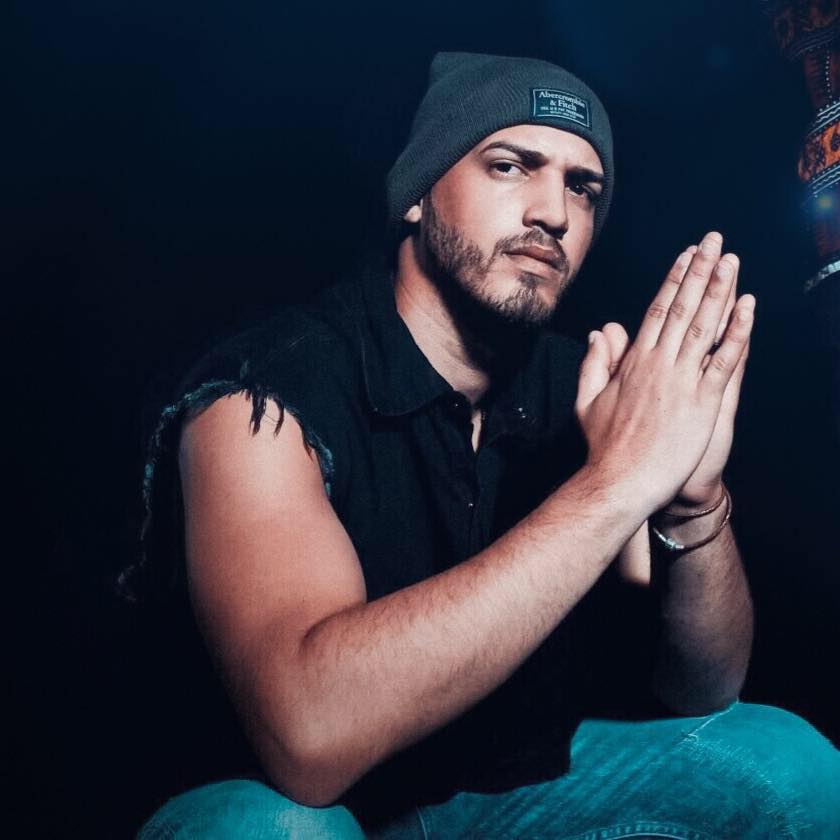
Let’s see Omar, since when did you start in composition?
“Friend, that was the product of compiling various experiences that I had in love and coincidentally gave me the opportunity to compose my first song “Si supieras”, which I recorded when I was 15 years old, under the arrangement and production of my older brother. Jayson Lugo; serving all this experience to start my artistic career at the age of 17.
That song is a declaration of love, and many identify with it by being able to gather the feelings that a person inspires in you, If you knew, it had, by the way, a lot of radio success, it is a letter that I wrote from the heart”-. This is how he told us for International Salsa Magazine.
The young Puerto Rican, Omar, is characterized by fusing urban and electronic sounds that identify his style for “la salsa”.

In addition, he has shared stages with artists from his country as main singer and musician, such as: Fabián, Juan Vélez, Three Son Salsa, Kimary Carrero, Ricky Luis, Barreto y su Plena, Víctor Manuelle, N’Klabe, Tito Nieves, NG2 , Charlie Cruz, Ken-Y, Keykon, Pirulo, Frankie Negrón, Boni & Kelly, Planéalo, Oscarito, Aníbal de Gracia and many more.
It is noteworthy that Omar has a number 1 on the Billboard Charts (Tropical Charts), with the single “Amor de Verdad” by Charlie Cruz, being Omar Lugo, one of the youngest salseros in history to reach that position. in the musical genre “salsa”.
He adds that, in 2017, he performed at the “El Aniversario de la Salsa” event, at the Paquito Montaner stadium, in Ponce, before more than 15,000 spectators, receiving a standing ovation for his performance. Finally, he told us that he is currently recording his first record production under the direction of his brother Jay, a fundamental and key piece in his musical growth, by the way, winner of the 2018 Latin Grammy.
It was an honor to have in International Salsa Magazine, as a special guest, this talented Puerto Rican Omar Lugo, who has been demonstrating with his music, the interest of attracting young people to salsa with modern touches in his songs.


